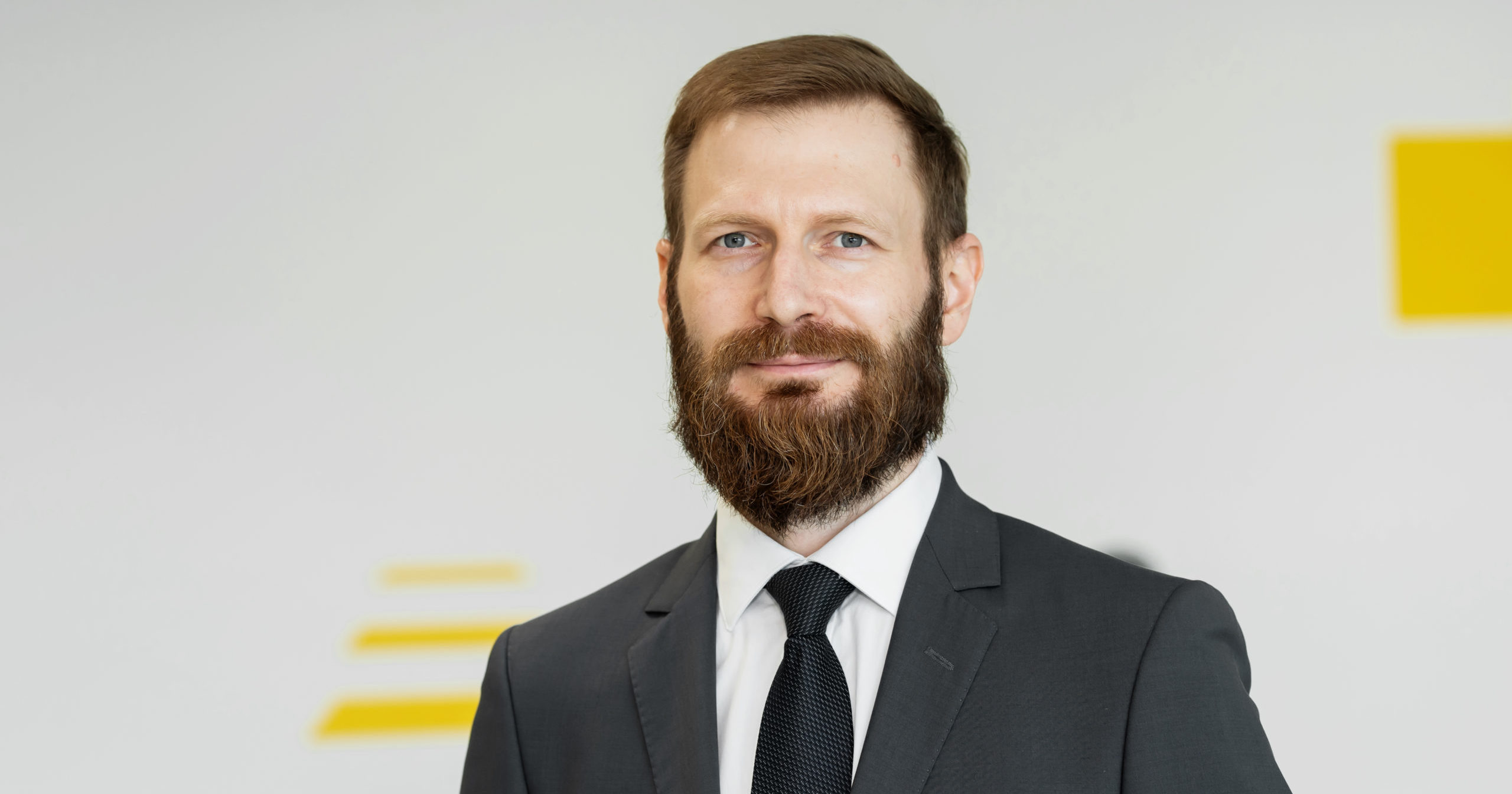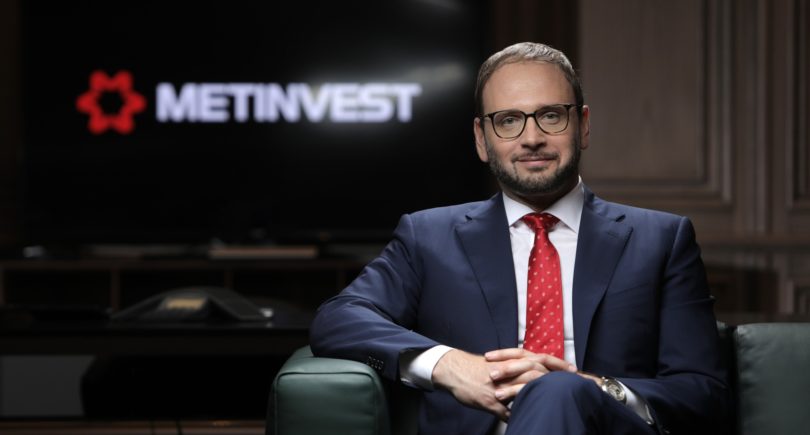
Opinions Companies decarbonization 3251 23 April 2024
Back in 2012, Interpipe built a modern electric arc furnace complex and reduced greenhouse gas emissions by 10 times
In Europe, the process of implementing the Green Deal strategic course is gradually gaining momentum, which provides for:
1) reduction of greenhouse gas emissions by 55% by 2030 and their complete absence by 2050
2) refusal to use fossil resources.
In addition, starting in 2026, the carbon border adjustment mechanism (CBAM) will be fully operational for exports to the EU.
Despite the fact that this topic is becoming more and more widespread, only a very small number of companies in Ukraine pay attention to it, even those that export to the EU.
Green Deal and Interpipe
In terms of climate protection, Interpipe has already met the requirement to reduce greenhouse gas emissions by 55% back in 2012, when no one was thinking about Green Deal even in Europe. The company built a modern electric steelmaking complex from scratch and reduced greenhouse gas emissions by 10 times. This plant is 100% fuelled by scrap, so the second requirement of not using fossil resources has also been met.
Another requirement, which is also part of the Green Deal, is the so-called CBAM, or carbon border adjustment mechanism. Simply put, it is a new European duty that aims to equalize the carbon costs of importers with those of producers in the EU. Since the end of last year, it has been operating in a test mode, and from 2026, it will be necessary to pay the price at the level of the European CO2 emissions trading system.
Our company is ready for this, as we have minimal CO2 emissions. Interpipe is already positioning itself as a producer of green or low-carbon steel. We expect that CBAM payments will not affect our sales. Nevertheless, we continue to focus on minimizing CO2 emissions when implementing new investment projects.
Environmental investments
The company invested about $1 billion in the construction of an electric steelmaking complex and related facilities. This is the largest green investment in the country’s industry so far. The funds were raised through the Italian export credit agency Sace. The construction of the plant was divided into stages, and each new tranche of financing was provided only after an environmental compliance check. This included an audit of environmental impact, compliance of emissions with European standards, the absence of industrial effluents into water bodies, the availability of a modern dust and gas cleaning system, and soundproofing of the production.
These investments have paid off, as Interpipe, as a major exporter, has new requests from European customers. If a few years ago the main requirements were technical audit and financial reliability, now the company is increasingly receiving requests for environmental audits. Many of our clients have decarbonization goals, so it is important for them to know what we are doing in this direction.
In other words, the decarbonization path that the company has taken is its competitive advantage. After the launch of Interpipe Steel, we took a leading position among European plants in terms of direct CO2 emissions.
Energy is a weak link in decarbonization
There are still many issues on the way to full decarbonization, one of which is Ukraine’s energy system. The fact is that we all depend on how energy is produced in our country. This indicator affects the calculation of the so-called “indirect” CO2 emissions associated with electricity generation. Currently, the share of green energy in Ukraine is just under 20%, with about 20% coming from nuclear power, which is conditionally carbon-neutral. This is quite a lot for a country at war, but it is unfortunately not enough to meet the long-term targets.
In this case, businesses will have to get green energy on their own – build something of their own or look for partners. The next issue is green and at the same time affordable hydrogen.
What should a business do?
The main advice is to start the green transition as early as possible, without waiting for the implementation of EU legislation in Ukraine. You need to look for opportunities now, because there will be very little time later.
Obviously, CBAM will become a new challenge for many Ukrainian companies, as they will have to change the structure of reporting, document flow, etc.
Of course, much depends on the situation at the frontline and on external assistance. At the same time, there are issues that can be resolved at the state level. For example, the most painful problem is the shortage of scrap in Ukraine, which is a critical raw material for decarbonizing the steel industry. In all steelmaking technologies, scrap reduces CO2 emissions.
The Ukrainian industry is already on the verge of radical changes due to the environmental ambitions of the European Union, which Ukraine is seeking to join. However, decarbonization is a very complex task, and without the combined efforts of the government and industrialists, the effect will be minimal.





